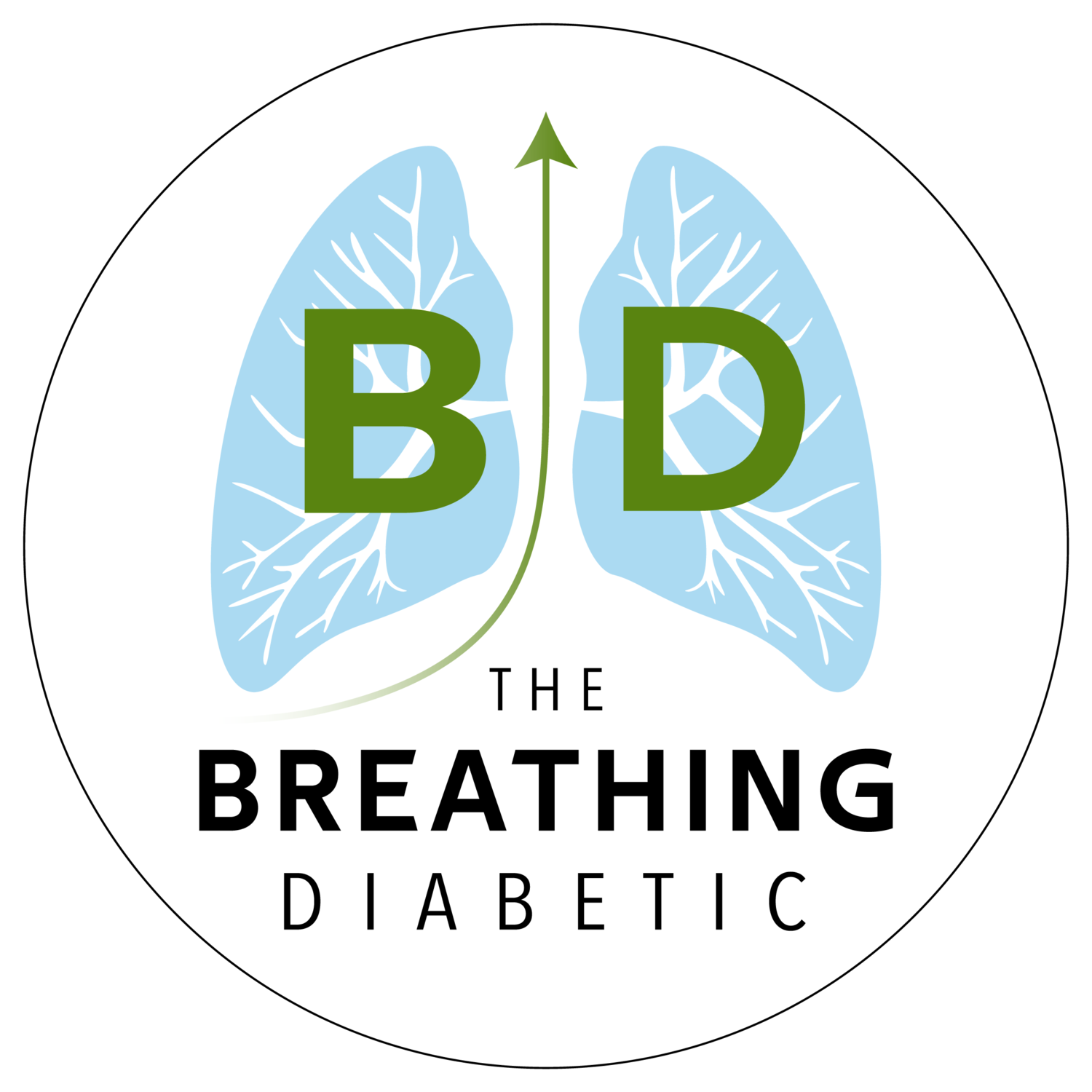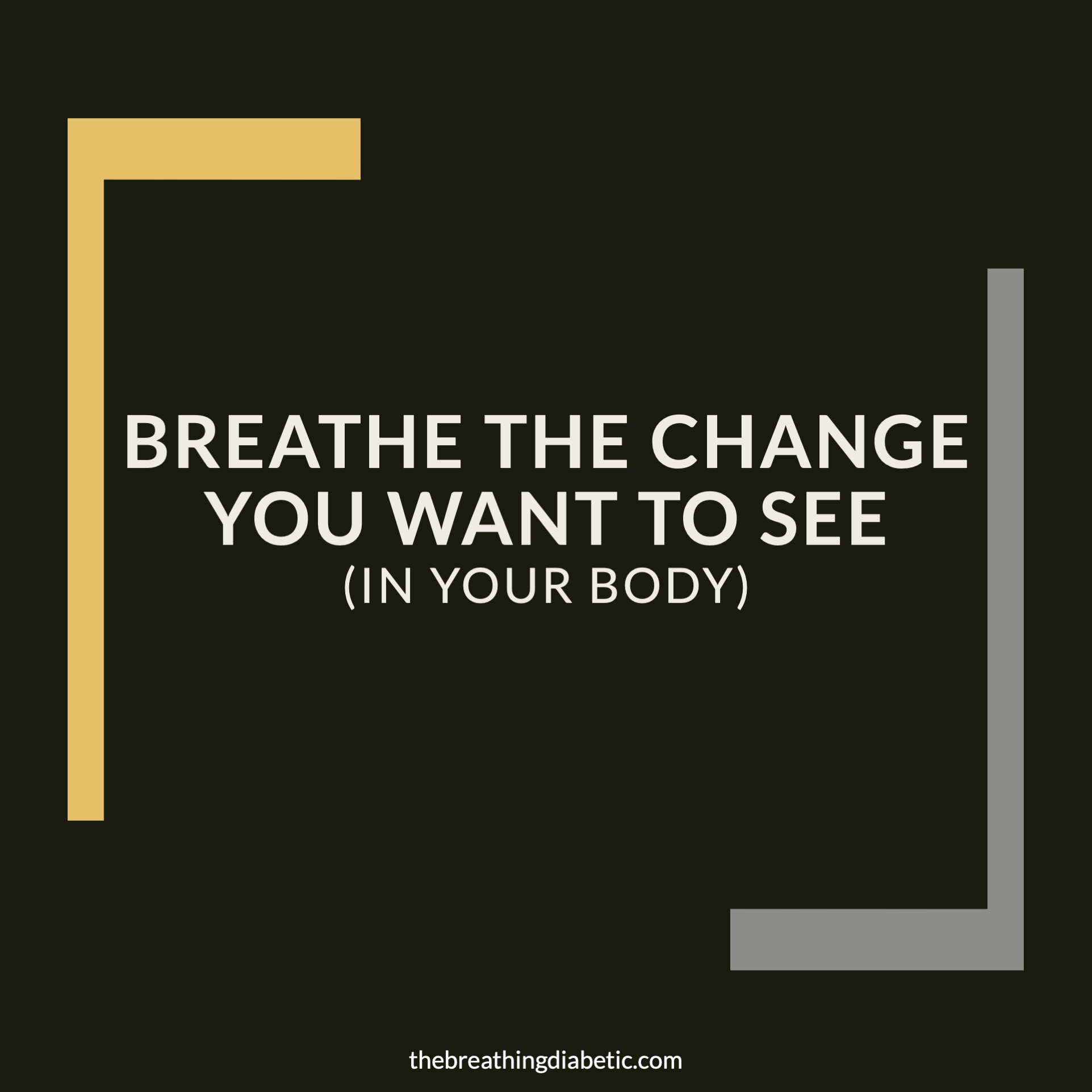Happy Monday. There was a breakthrough in breathing research over the past few weeks: A new breathing gas has been discovered. I hope the extra hour of sleep you got this weekend will help this exciting news sink in even deeper.
OK, let’s get to it. Here are 4 thoughts, 1 quote, and 1 answer for you to think about as we begin November.
4 THOUGHTS
1. A New Breathing Gas Discovered
"Thus, H2S [hydrogen sulfide] produced by CBS surely has a crucial role in maintaining eupneic-pattern respiration."
Hydrogen sulfide. It’s toxic, and it’s what gives rotten eggs their rotten smell. It also helps maintain our breathing.
A study published in Nature: Communications Biology on October 16, 2020, found that a small amount of hydrogen sulfide is critical to maintaining normal breathing. It does this through modification of the neural connections in the region of the brain that controls breathing.
When hydrogen sulfide production was stopped in rats, normal breathing turned to gasping, implying that it is vital to maintaining rhythmic breathing.
From a practical perspective, I’m not sure what this means yet. At a minimum, breathing now appears to be a four-gas system: oxygen, carbon dioxide, nitric oxide, and hydrogen sulfide.
We’ve found ways to breathe to optimize the first three. However, it’s not yet clear if the way we breathe (or do anything else, for that matter) can influence hydrogen sulfide.
In any case, as a fellow breathing nerd, I hope you find this as fascinating and humbling as I did. Here’s to the joy of never-ending learning.
P.S. Here’s a short summary of these findings from ScienceDaily.
2. The Single Most Important Part of the Breath
"Interestingly, Törnberg et al. recently showed that more NO is released from the nasal passages during nasal inhalation compared with exhalation." - Lundberg et al. (2008)
Here is yet another reason why inhaling through your nose might be the single most important part of breathing: nitric oxide (NO) production is much greater during inhalation than exhalation.
Here’s the finding from the paper mentioned above: "There was a marked flow dependency of nasal NO output, with the highest levels observed during inhalation at flows similar to those seen during normal breathing." - Törnberg et al. (2002)
In hindsight, this makes complete sense. NO helps protect our lungs from inhaled pathogens and it redistributes blood flow in the lungs. So, of course our bodies would maximize it on the inhale. But it wasn’t until I read these two papers that it made sense to me.
"The obvious is that which is never seen until someone expresses it simply.” - Kahlil Gibran
3. What Focusing on the Breath Does to Your Brain
"Conversely, it may be possible to reduce fear and anxiety by slowing down our breath." - Greater Good, UC Berkeley
Here is a quick-reading article, packed full of excellent information, from The Greater Good Science Center at UC Berkeley. Anytime you see a headline like "Managing stress: Is it all in the breath?" you know it’s going to be a good read. Enjoy!
4. Sleep Scientists Call for the Elimination of Daylight Saving Time
"It is, therefore, the position of the American Academy of Sleep Medicine that these seasonal time changes should be abolished in favor of a fixed, national, year-round standard time."
I hope you all enjoyed the extra hour of sleep you got this weekend. The world’s leading sleep scientists say your body will function better, and they suggest we keep it this way (Standard Time) forever.
The above article is pretty short. But if you’re interested, here’s an even more concise summary, along with a rather impressive list of organizations that support the permanent change to Standard Time.
Because nasal breathing at night changed my life, I am endlessly fascinated with sleep. So I hope we all enjoy the next few months of better sleep and better optimization of our body's wake-light cycles.
1 QUOTE
“A mind that is stretched by a new experience can never go back to its old dimensions.”
- Oliver Wendell Holmes
1 ANSWER
Answer: Average walking speed (~2-4 mph) is also around the average speed of this physiological function.
…
(Cue the Jeopardy music.)
…
Question: What is blood flow?
In good breath,
Nick


